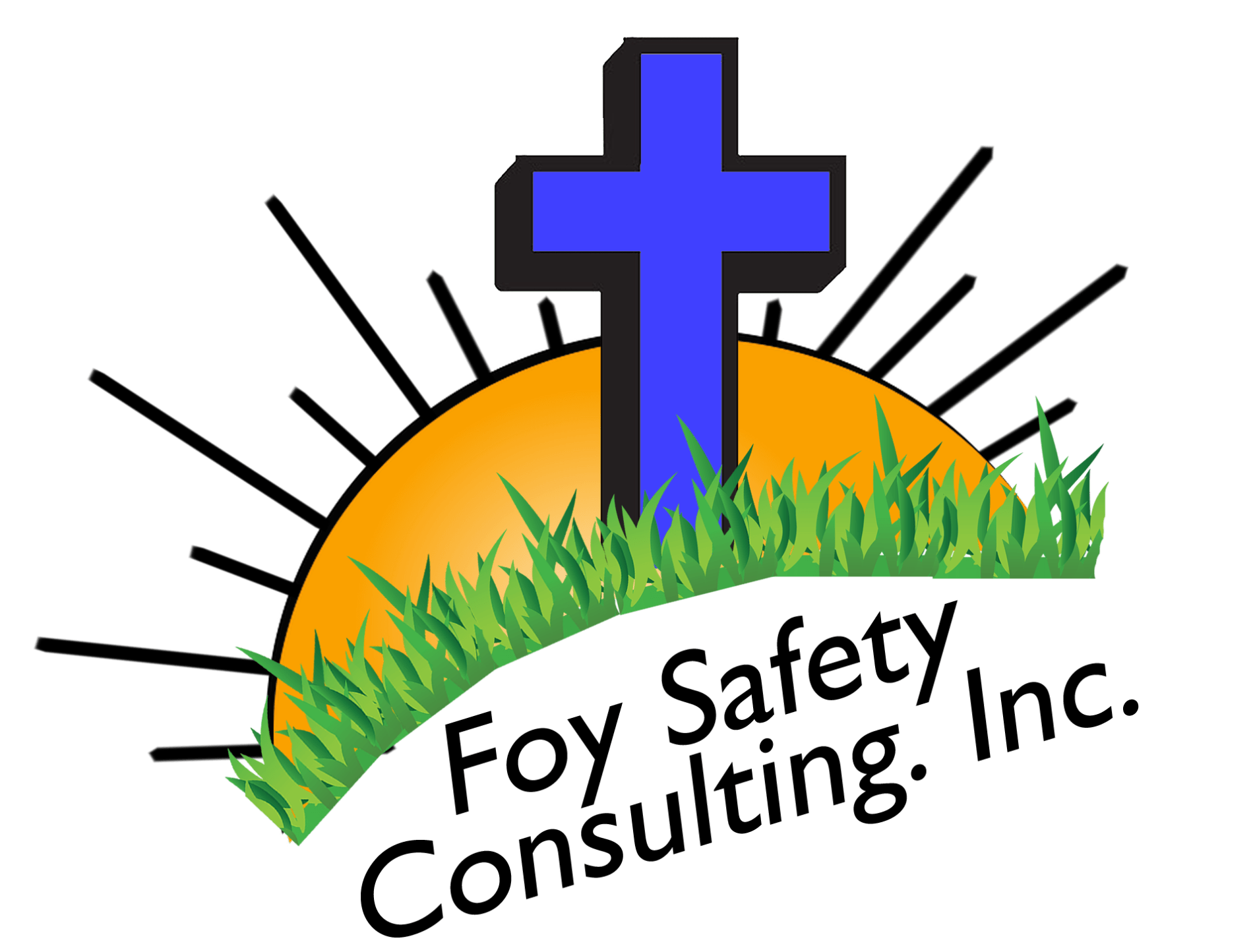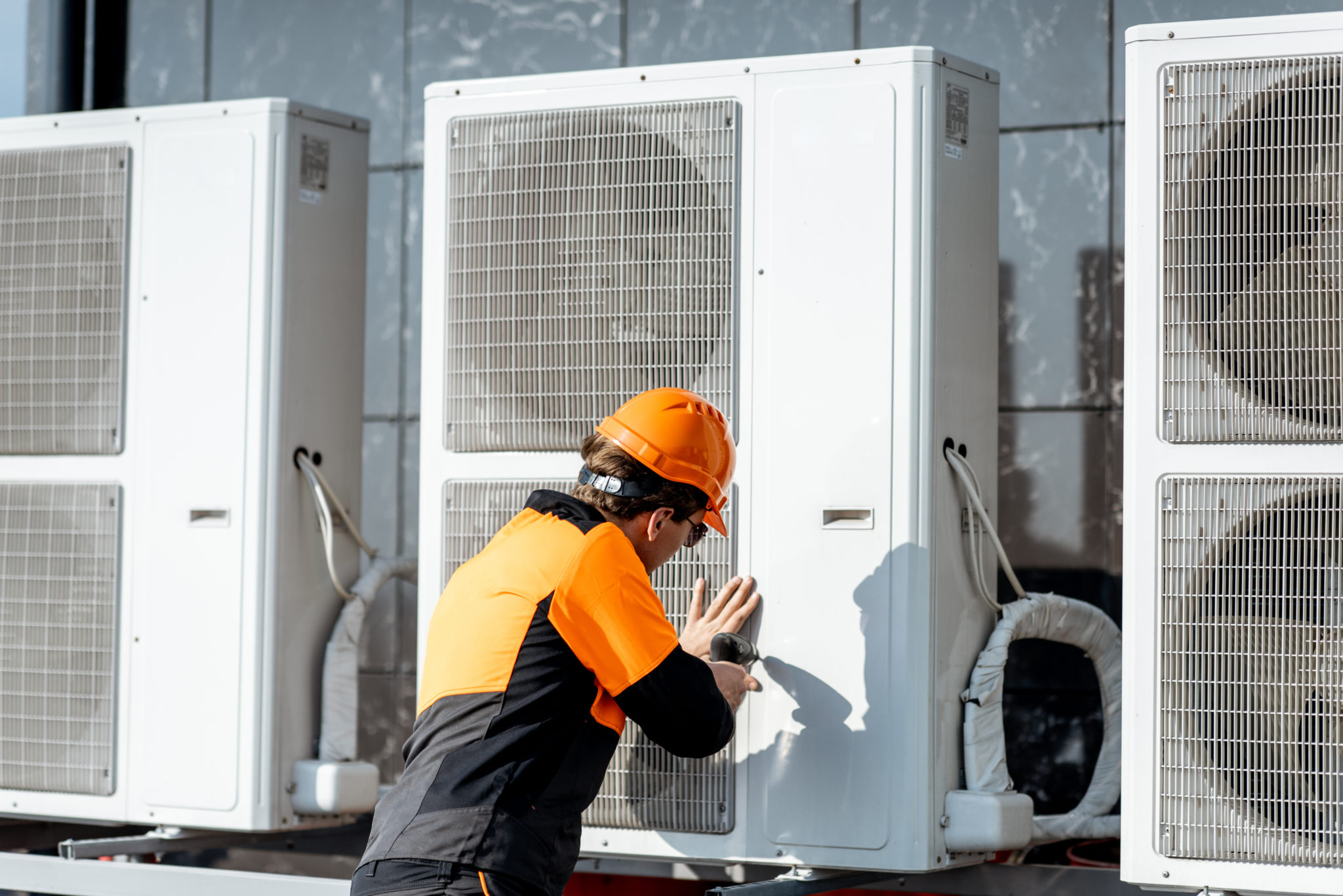Symptoms and First Aid
Hot work environments can affect the body’s natural ability to handle heat which can lead to heat illness. Heat illness may appear in many different forms depending on its severity. When the body is unable to cool itself through perspiration, serious heat illnesses can occur. The most extreme heat-induced illnesses are heat exhaustion and heat stroke. If not treated, severe heat-related illnesses can lead to mental confusion, seizures, or even death.
It is important to recognize the common signs and symptoms of heat illness and know how to respond.
Fatigue:
Occurs more quickly during exertion in hot conditions because of the body’s natural cooling methods. When the body circulates more blood to the upper layers of the skin in order to release body heat to the environment, relatively less blood is available to provide active muscles, the brain, and other internal organs with the energy they need for peak performance thereby causing fatigue.
Symptoms:
- Performance declines.
- Coordination and alertness decline.
Response:
- Rest in cool, shaded area.
- Take heat-relief breaks.
- Gradually adjust to working in heat.
Heat Rash:
Occurs as a result of the body’s natural cooling mechanisms. Body heat is released through sweating. This cooling action is most effective if the sweat is able to evaporate into a dry environment. But, when it’s humid, the skin can remain moist from sweat. If sweat ducts become plugged, a skin inflammation in the form of a rash can develop.
Symptoms:
- Skin remains moist from sweat.
- Skin inflammation in the form of a rash develops.
Response:
- Rest in a cool area.
- Wash the skin.
- Allow skin to dry.
- Seek medical attention, if infected.
- Regularly bathe and dry skin.
Fainting:
Occurs when the brain doesn’t get an adequate blood supply.
Symptoms:
Sudden loss of consciousness.
Response:
- Rest in cool, shaded area.
- Gradually adjust to working in heat.
- Move around to circulate blood.
Heat Cramps:
Occur in tired muscles when the worker sweats profusely and drinks large quantities of water.
Symptoms:
- Painful contractions in the muscle.
- Uncomfortable pain in hands, feet, and abdomen that can sometimes be temporarily disabling.
Response:
- Rest in cool, shaded area.
- Drink about 5 to 7 ounces of fluids every 15 to 20 minutes to replenish body fluids.
- Avoid caffeinated beverages or alcohol.
Heat Exhaustion:
Can result when a person has lost large amounts of fluid by sweating.
Symptoms:
- Physically weak, fatigued, or faint.
- Giddy, irritable, or mental confused.
- Nauseous.
- Headache, dizziness, and/or lightheadedness.
- Sweating continues.
- Skin is clammy and moist.
- Body temperature remains normal.
- Vomiting or loss of consciousness.
Response:
- Rest in shade.
- Drink about 5 to 7 ounces of fluids every 15 to 20 minutes to replenish body fluids.
- Seek medical attention, if severe.
Heat Stroke:
Occurs when the body’s temperature regulatory system fails and sweating has become inadequate to remove excess body heat.
Symptoms:
- Skin is hot and dry with no perspiration.
- Skin appears red in color, resembling a sunburn.
- Body temperature is above 103oF
- Mentally confused or delirious
- Convulsive or unconscious
Response:
- Seek immediate treatment by medical professionals.
- Remove to a cool, shaded area.
- Soak clothing with cool water
- Fan body vigorously.
- Never leave unattended.
OSHA does not have a specific regulation governing exposure to heat. However, it can cite employers under the General Duty Clause when employees are overexposed to excessive heat.
Training Tips
As you share this information with your employees also stress the following:
- Measures and ways that employees can protect themselves and others (see the free app below).
- Explain that employees should check with their doctor if they are taking medications or have any medical condition, to see if working in hot environments would have adverse effects.
- Having a heat-induced illness in the past increases the odds that a person is at risk.
- Explain that employees who must wear heavy or restrictive PPE are at an increased risk for heat illness.
FREE APP
I have one final bit of information for those with a smart phone. Go to you app store and search for the “OSHA Heat Safety Tool”. This is a free app from OSHA that will not only provide you with the current heat index and risk level but you will also be able to pull up the precautions for each risk level. Additionally on this app you will be able to pull up all of the signs and symptoms for all of the heat related illness.
Stay Safe,
Terry L. Foy
President Foy Safety Consulting, Inc.


